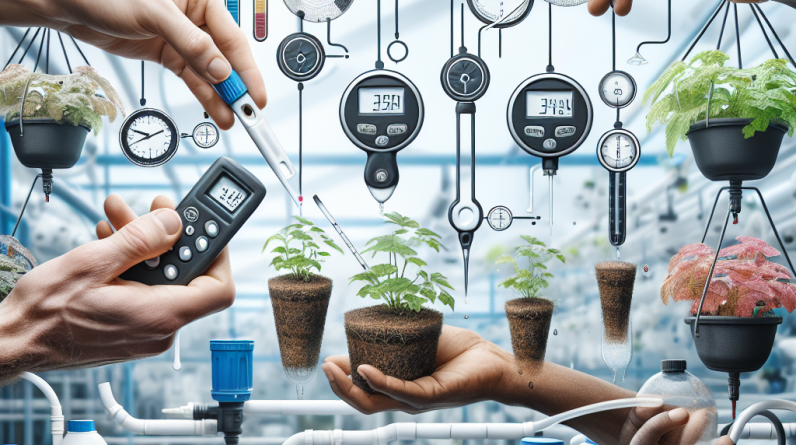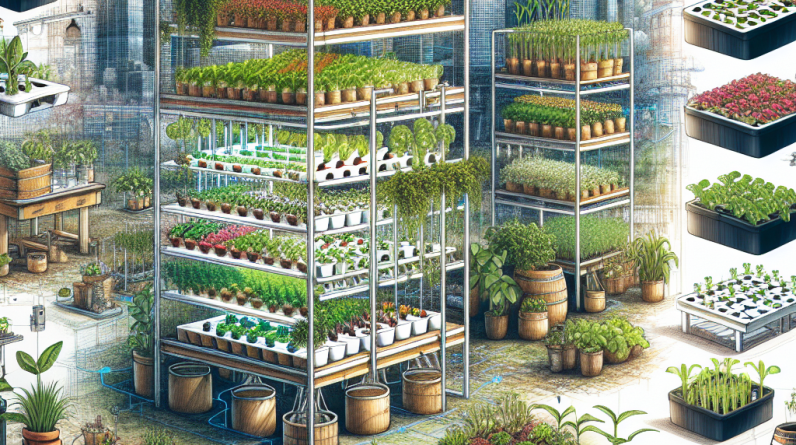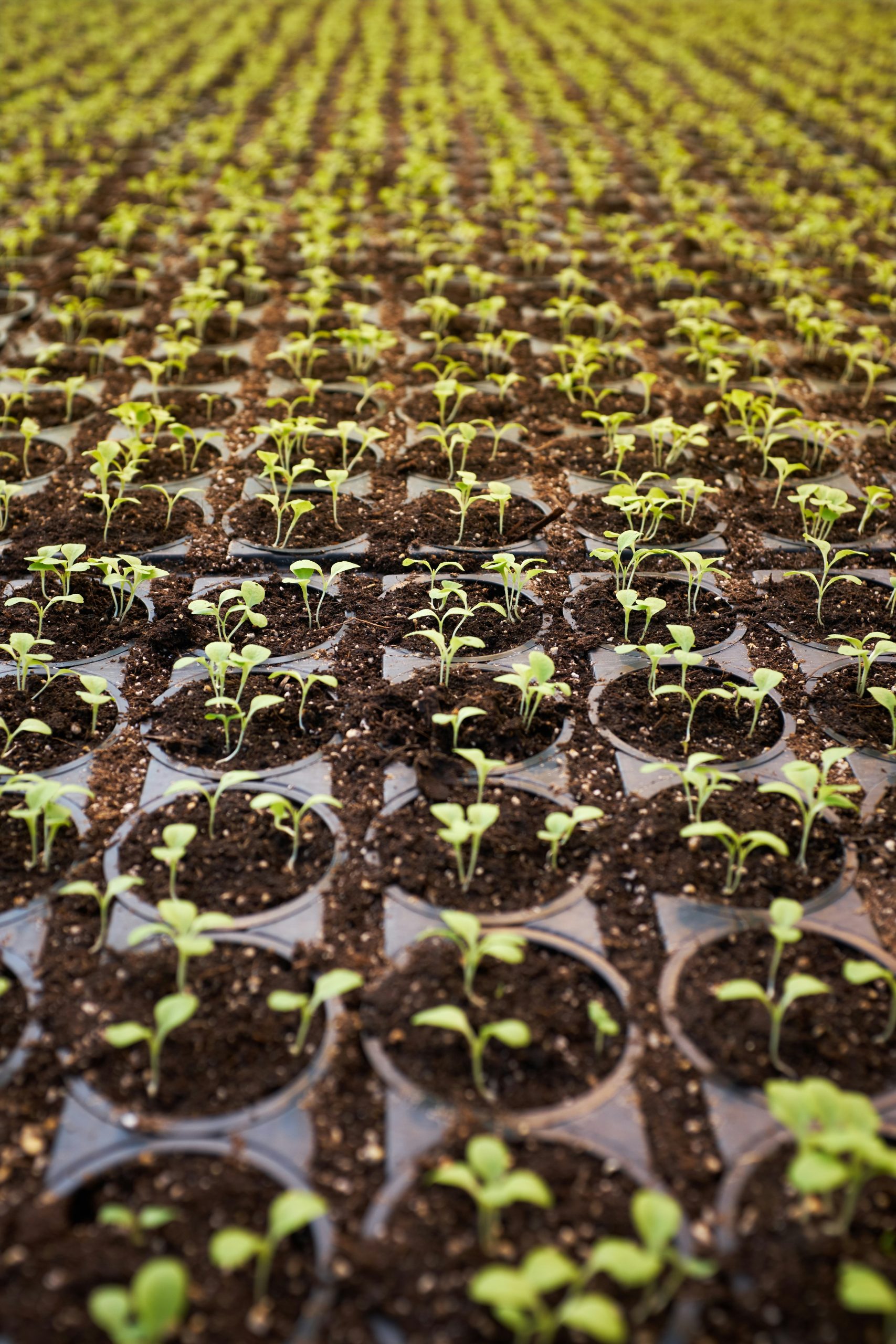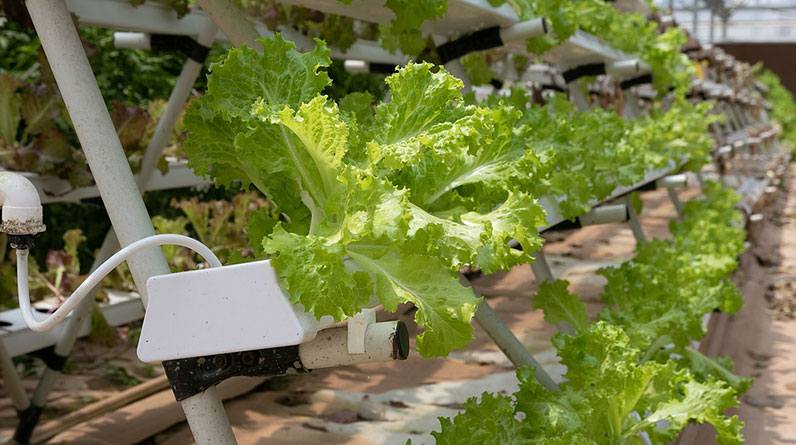
Understanding Hydroponic Nutrient Solutions
What are Hydroponic Nutrients?
When I first started my hydroponic journey, I had no idea about the importance of what goes into those nutrient solutions. Hydroponic nutrients are a mix of essential minerals that plants need for growth. They usually come in liquid or powder form and contain macronutrients like nitrogen, phosphorus, potassium, and micronutrients like iron and magnesium. Getting to know these essentials was a game-changer for my plants!
Hydroponics works without soil, using nutrient-rich water instead. This means that it’s up to us to ensure that our plants have all the nutrients they need, and that comes down to understanding the balances and ratios required. It’s like being a chef; you need the right ingredients, or the end result just won’t taste right!
Keeping track of these nutrient levels is crucial because too much or too little can lead to nutrient deficiencies or toxicities in your plants. That’s why I learned to pay extra attention to this aspect. The better I understood nutrients, the happier my plants became.
Tools for Monitoring Nutrient Levels
Essential Equipment
If you want to monitor the nutrient levels accurately, you’ll need to invest in the right tools. I started with basic tools like pH meters and EC (electrical conductivity) meters. These provide a good indication of how well your nutrient solution is balanced. Plus, they’re pretty user-friendly, so don’t stress if you’re new!
I can’t stress enough how helpful these meters are. A pH meter measures the acidity or alkalinity of your solution, while an EC meter tells you the concentration of the nutrients. Using both in tandem helps you achieve the perfect balance, which was super enlightening for me.
Other handy gadgets include TDS (Total Dissolved Solids) meters which measure the dissolved solids in your nutrient solution. It might sound complicated, but trust me, these tools save time and headaches down the line!
Regular Testing Schedule
Creating a Routine
Being consistent is key to a thriving hydroponic garden. I found that setting a regular testing schedule helped me keep track of my nutrient levels without becoming overwhelmed. Testing once a week worked wonders for me.
During my weekly checks, I’d record the pH and EC levels and compare them to the ideal ranges for the specific plants I was growing. Keeping a log helps catch any shifts before they become problems, allowing me to adjust the solution as necessary. That little notebook has turned out to be one of my best friends!
Another pro tip? Remember to test after you make adjustments to your nutrient solution. It’s like checking the oven temperature after you put your cookies in. You want to ensure you’re on the right track for the best results.
Understanding Nutrient Deficiencies
Identifying Problems Early
As I continued to grow, I learned to recognize the signs of nutrient deficiencies. You know your plant is under stress when the leaves start to discolor or exhibit unusual spots. For instance, yellowing leaves can mean a nitrogen deficiency, while brown leaf tips might scream potassium issues.
Understanding these symptoms allowed me to take timely action. I’d inspect my plants and refer to my growing journal to see how my nutrient levels corresponded with the health of my plants. Believe me, it feels like being a detective, and it’s pretty cool to solve these mysteries!
Training myself to recognize these early signs was worth it. It means I spend less time wondering what’s wrong and more time enjoying my garden. Plus, my plants seemed to thrive once I got a handle on their needs!
Adjusting Nutrient Solutions
Fine-tuning for Optimal Growth
After testing and identifying any deficiencies, the next step is making those adjustments. Whenever I found the nutrient concentration off, I learned to gradually tweak the solution instead of making drastic changes. It’s sort of like adding spice to your cooking – a little can go a long way!
I remember the first time I overdosed my plants because I thought they needed more nutrients right away. Spoiler alert: It didn’t go well! Now, I always ensure I make small adjustments and wait to see how my plants respond before jumping to the next step.
If a plant is showing signs of recovery, I stick to my adjusted nutrient mix for a while before assessing again. This careful approach has helped me build a successful hydroponic garden that thrives all year round!
FAQs
1. How often should I check my hydroponic nutrient levels?
Your best bet is to check at least once a week. This frequency helps you maintain a consistent environment for your plants.
2. What tools do I need to monitor nutrient levels?
Basic tools include a pH meter and an EC meter. These will provide you with a good baseline for your nutrient solution.
3. How do I know if my plants have nutrient deficiencies?
Watch for signs like discoloration or unusual spots on the leaves. Each deficiency has its symptoms, so familiarize yourself with those.
4. Can I adjust nutrient solutions too quickly?
Absolutely! Making sudden changes can shock your plants. Always opt for gradual adjustments.
5. What should I do if my plants are still struggling after adjustments?
If issues persist, go back to the drawing board! Test your solutions again, and make sure you’re providing the right conditions overall.
Related Content
- 10 Effective Best Hydroponic Garden Strategies for 2025 You Must Try
- The Ultimate Guide to the Best Hydroponic Growing Medium Strategies 2025
- Hydroponic Gardening vs. Traditional Soil Gardening: Which Is Better?
- Sustainability in Hydroponic Growing Systems: Eco-Friendly Practices
- Setup Your First Hydroponic Garden Today







